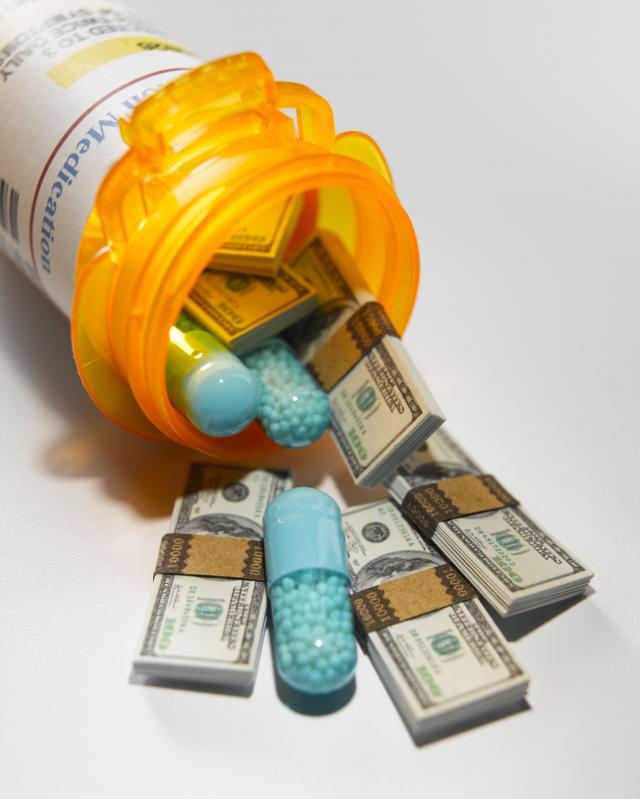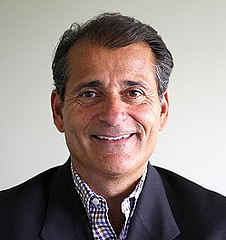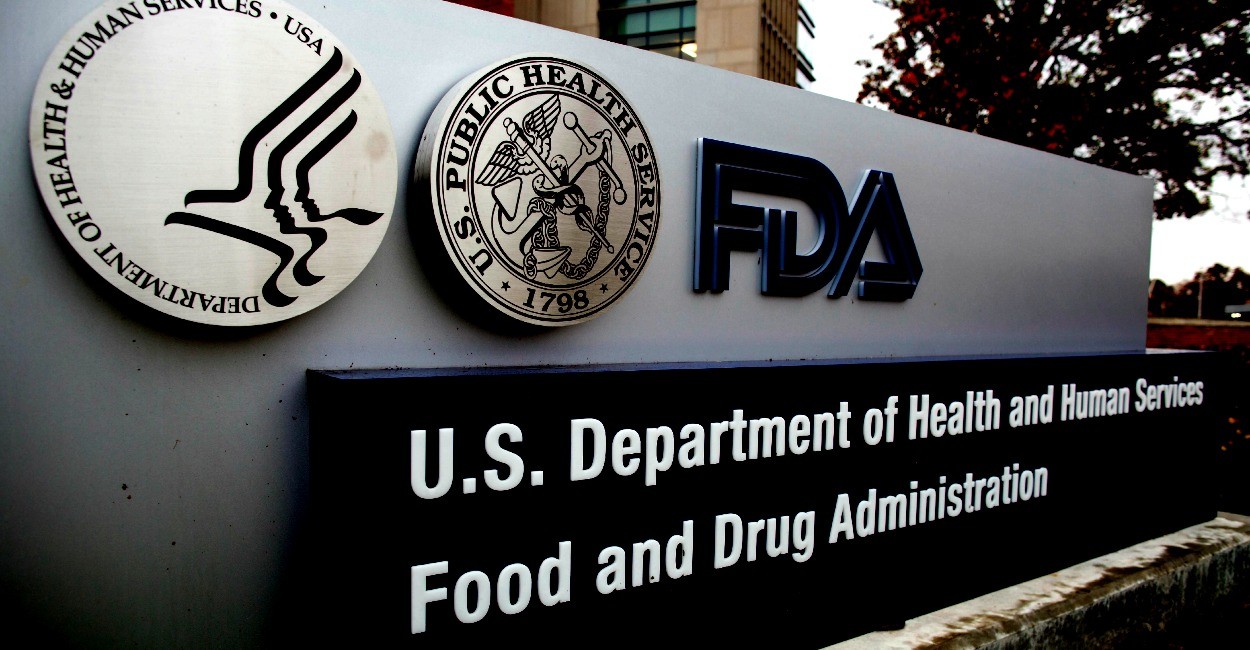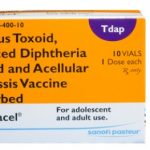Prescription Drugs in The US
Frank Magliochetti Report
If we look back ten years ago, the price of prescription drugs were fairly low and it was easy for patients to buy their medication from the pharmacy. 2016 has not only brought new innovative medical drugs and vaccines, it has brought drug prices that are much higher than before.
We might put the blame on the companies who research and manufacturer the drugs, however, the truth is this huge influx in pricing is simply that drug companies have the right to monopolize and set pricing how it sees fit; many wonder if the government should get involved in the pricing of a private industry produced product.
Though the products are approved by the FDA, naturally, the company/manufacturer claims they are simply working to get back their initial investment back. Add to that private insurers and third party pharmacies, which all benefit when from the companies producing the drugs and want the market to turn towards them. It’s a loop that goes round and round from the manufacturer to the pharmacy.
 The influx in price does not end here. With so many rare drugs created this year to fight specific diseases, there are specific companies that are the sole manufacturer of the approved drugs. The US government allows the companies to lay claim to their drug for at least twenty years after it is released. With a price rate at 100%, many people are unable to buy these drugs and hence may have to wait years for the generics to arrive in the market. These generics are priced 45% less than the original drugs.
The influx in price does not end here. With so many rare drugs created this year to fight specific diseases, there are specific companies that are the sole manufacturer of the approved drugs. The US government allows the companies to lay claim to their drug for at least twenty years after it is released. With a price rate at 100%, many people are unable to buy these drugs and hence may have to wait years for the generics to arrive in the market. These generics are priced 45% less than the original drugs.
Many place some portion of blame on the FDA due to the lengthy process and expense it takes for a drug to be accepted by the committee and then approving a virtual monopoly for the company first to the finish line. With years of testing and billions of dollars invested in making the drug, the company is required to make further changes if the FDA does not approve the drug.
Manufacturer’s reason that the drugs are sold at high prices because they have to recoup on the research and trail funding (among other expenses) needed to bring the product to market.
The prices for drugs to fight Hepatitis or the recent EpiPen increase are two recent examples of companies exercising their right to price the drugs however they want.
What can be done to help curb the escalating cost of new medications entering the market? Is it a more economical FDA approval process which will help lessen the initial trial investment or more government involvement in the research and development of these much needed drugs and their pricing matrix.
A 2016 study published in the journal of the American Medical Association cites the following five reasons for the rise in prices.
Drug manufacturers in the U.S. set their own prices, and that’s not the norm elsewhere in the world.
Go to the official post by clicking the link below:
http://time.com/money/4462919/prescription-drug-prices-too-high/
Countries with national health programs have government entities that either negotiate drug prices or decide not to cover drugs whose prices they deem excessive. No similar negotiating happens in the U.S.
When a Republican-majority Congress created the Medicare drug benefit in 2003, they barred the program that now covers 40 million Americans from negotiating drug prices. Medicaid, on the other hand, must cover all drugs approved by the Food and Drug Administration, regardless of whether a cheaper, equally or more effective drug is available. And private insurers rarely negotiate prices because the third party pharmacy benefits managers that administer prescription drugs, such as Express Scripts and CVS Health, often receive payments from drug companies to shift market share in their favor, according to the study.
We allow “government-protected monopolies” for certain drugs, preventing generics from coming to market to reduce prices.
In an effort to promote innovation, the U.S. has a patent system that allows drug manufacturers to remain the sole manufacturer of drugs they’ve patented for 20 years or more. The FDA also gives drug manufacturers exclusivity for certain products, including those that treat people with rare diseases.
But sometimes, drug companies deploy questionable strategies to maintain their monopolies, the study says. The tactics vary, but they include slightly tweaking the nontherapeutic parts of drugs, such as pill coatings, to game the patent system and paying large “pay for delay” settlements to generics manufacturers who sue them over these patents.
And this is a serious problem, the study concludes, because drug prices decline to 55% of their original brand name cost once there are two generics on the market and to 33% of original cost with five generics.
The FDA takes a long time to approve generic drugs.
Application backlogs at the FDA have led to delays of three or four years before generic manufacturers can win approval to make drugs not protected by patents, the study says.
Sometimes, state laws and other “well-intentioned” federal policies limit generics’ abilities to keep costs down.
Pharmacists in 26 states are required by law to get patient consent before switching to a generic drug, the authors wrote. This reportedly cost Medicaid $19.8 million dollars in 2006 for just one drug: a statin called simvastatin whose brand name is Zocor. Costs ran higher because pharmacists didn’t get patient consent and Medicaid had to pay for the costlier brand name drug even though a cheaper product was available.
Drug prices aren’t really justified by R&D.
Although drug manufacturers often cite research and development costs when defending high prescription prices, the connection isn’t exactly true. Most of the time, scientific research that leads to new drugs is funded by the National Institutes of Health via federal grants. If not, it’s often funded by venture capital. For example, sofosbuvir, a drug that treats hepatitis C, was acquired by Gilead after the original research occurred in academic labs.
This is an ongoing issue with little short term relief in place for patients in need of pricey medications to help them live a longer healthy life.
Related information:
Reasons for the Rise in Prices
Prescription drug prices are skyrocketing in the United States due in large part to government regulations, a new analysis finds.
These regulations allow drug manufacturers to charge monopolistic prices that aren’t opposed by competing market forces, the researchers believe.
The result? For each person in the United States, $858 was spent on prescription drugs, compared with an average of $400 per person across 19 other industrialized nations. Prescription medications now comprise an estimated 17 percent of overall health care expenses, the authors of the new report said.
Drug makers charge high prices for drugs thanks largely to “market exclusivity” regulations intended to allow them to recoup the research and development costs for new breakthrough medications
To read the entire article please click the link below to head to the official CBS site:
http://www.cbsnews.com/news/whats-behind-the-sharp-rise-in-prescription-drug-prices/
Help with the high cost of hepatitis C drugs
Information below is aggregated from a USA Today article
After legal battles and lobbying efforts, thousands of people with hepatitis C are gaining earlier access to expensive drugs that can cure this condition.
States that limited access to the medications out of concern over sky-high prices have begun to lift those restrictions – many, under the threat of legal action. And commercial insurers such as Anthem Inc. and United HealthCare are doing the same.
Massachusetts is the latest state to decide that anyone with hepatitis C covered by its Medicaid program will qualify for the newest generation of anti-viral drugs. [https://www.cms.gov/Newsroom/MediaReleaseDatabase/Press-releases/2016-Press-releases-items/2016-06-30-2.html] Previously, managed care plans serving Medicaid members often limited the drugs, with a list price of up to $1,000 a pill or more, to people with advanced liver disease only.
The expansion follows a threatened lawsuit against drugmakers by Massachusett’s attorney general, which induced companies to offer the state bigger rebates on the medications, making them more affordable.
Click the link below to head to the official USA Today site to read the entire article
http://www.usatoday.com/story/news/2016/07/02/kaiser-help-with-high-cost-of-hep-c-drugs/86636294/
Hepatitis C drug costs leave many without care
Hepatitis C treatment costs tens of thousands of dollars per patient. The illness progresses slowly over decades, so most states’ Medicaid programs control costs by treating the sickest first and requiring others to wait. The conflict over hepatitis C drugs heralds a challenge likely to persist into the future, as new drugs for other illnesses thrill doctors and patients with their effectiveness — and scare health plans with their prices.
Hepatitis C is a big concern for government, because it disproportionately affects low-income people, who are more likely to be on Medicaid, and prisoners, whose care is also the state’s responsibility. An estimated 3 million to 5 million Americans, and 67,000 to 100,000 people in Massachusetts, are infected with hepatitis C, although only half know it.
Click the link to jump to the official Boston Globe website to read the entire article:
Mylan CEO Bresch: ‘No one’s more frustrated than me’ about EpiPen price furor
Watch the video below
Frank Magliochetti is Managing Partner for Parcae Capital.
-
North Andover, Massachusetts
This column of posts is directed at the Healthcare Industry. Frank plans to release a new site dedicated to the industry. He currently assists companies who are building, restructuring, transforming and resurrecting there business’s. An example of his client base are, Xenetic Biosciences , IPC Medical Corp, Just Fellowship Corp, Environmental Services Inc., Parsons Post House LLC, ClickStream Corporation as well as having a business talk radio show; The Business Architect on the URBN network.








